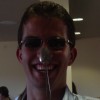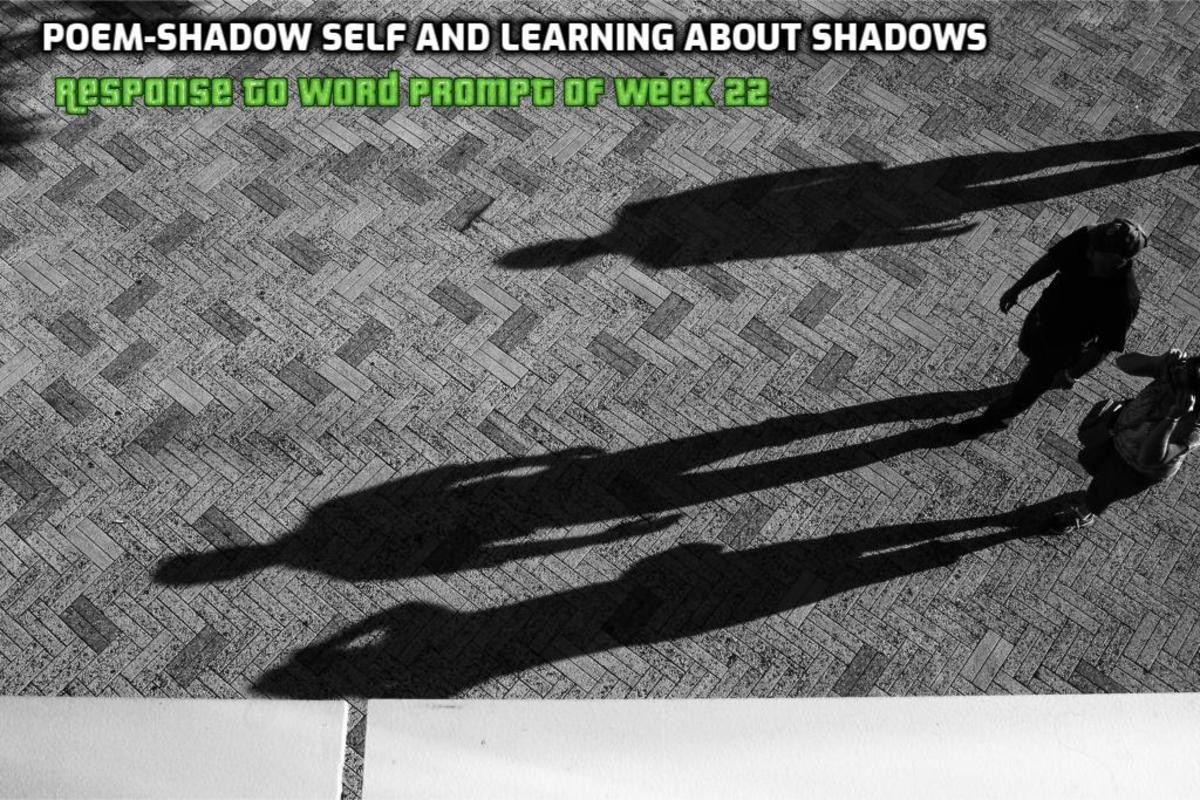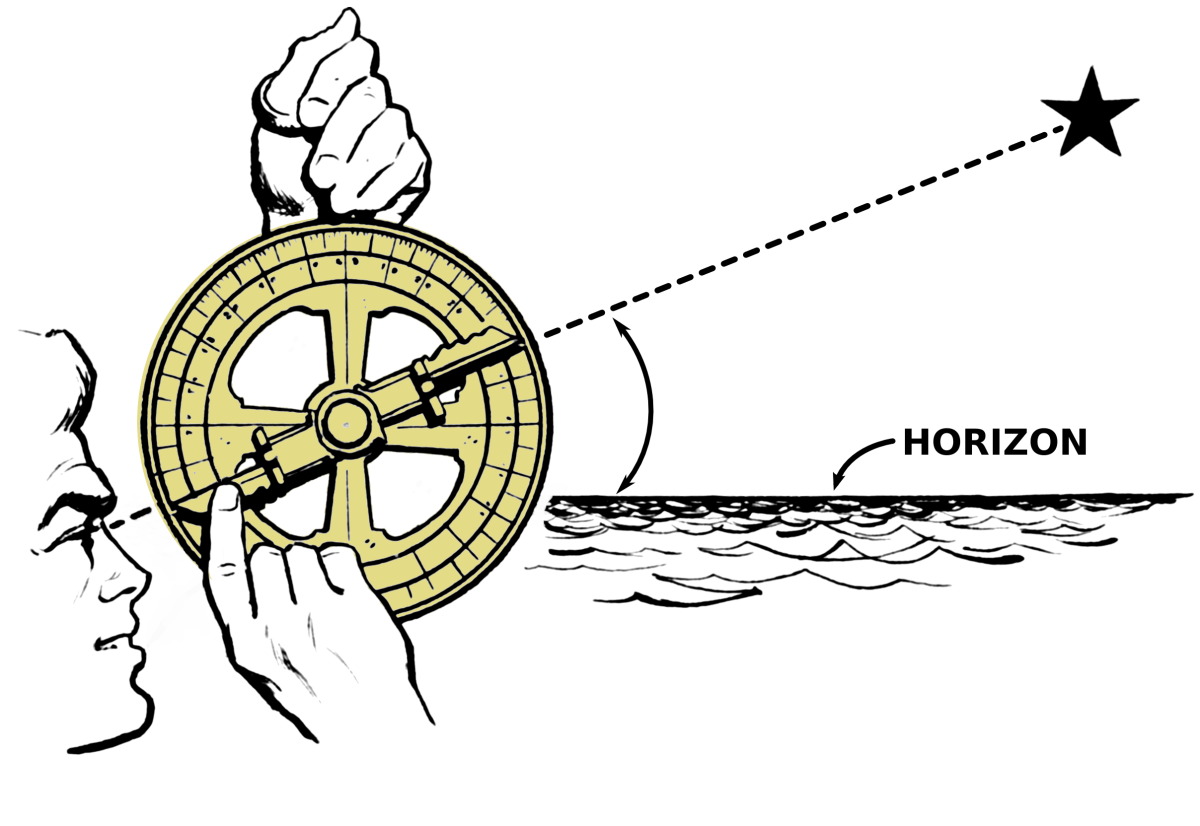Eclipse Shadowbands
What is a Total Solar Eclipse?
There are a bunch of articles out there that cover total solar eclipses far better than I can. But if you're just looking for a quick summary, a total solar eclipse is when the moon moves between the earth and the sun and completely blocks out all the light. And it's AMAZING! I got to see the corona and the cicadas were going crazy and my neighbors were having a toast. Whoa!
And I tried filming a phenomenon that's been noted: shadow bands. However, my iPhone doesn't exactly capture such phenomenon very well. So I've had to regretfully pirate someone else's video. Unfortunately, the iPhone doesn't capture the corona that well either. It did capture the darkening of the sky and the absence of shadows everywhere, as well as people automatic porch lights coming on.
It also catches drunk idiots whooping and hollering at the sky like less civilized simians.
Youtube Shadow Bands - Not my video, but the photographer nailed it.
Shadow Bands Caused by Turbidity in the Air
One thing I love about this video is that it was filmed in Australia. It appears to me that the bands move from right to left. If we see the shadow of the camera on the white surface, that means the camera is facing south-ish. When the bands move from right to left, that means from approximately west to east.
In the northern hemisphere, I think they move from west to east also. But I could be mistaken!
To be honest, I haven't done a lot of research on shadow bands. Smarter Every Day has an episode that talks about the eclipse and another about setting your camera to catch shadow bands. He admits that no one knows exactly what causes them.
Not even me. But I have a theory. And I'm not even sure I'm the first to come up with it.
So it goes like this: There's turbidity in the the atmostphere at all times. Since the sun is usually not a point-source in the sky, it blurs the shadows of the turbidity so you can't perceive them with the naked eye. Also, since the sun is usually very intense, our eyes can't perceive the subtle contrast differences of the shadow bands.
That's where an eclipse comes in: The moon minimizes the sun to just a point-source just before and just after totality. It also dims the vast majority of the sunlight. Since the mostly-eclipsed sun is now a point-source, the shadows of the turbidity come into more focus.
This theory gained some traction when I was peeking at the moon through my telescope one day last spring. I couldn't believe how big the moon looked and how it drifted through my scope. But also, I could see the turbidity in our atmosphere as I looked at the moon. It made the moon appear to ripple. Unfortunately I don't have the setup to capture zoomed video of the moon - so I've had to regretfully pirate someone else's video again. Sorry!
Now the optical physics of a point-source that moves wouldn't cause the shadows to move left to right or up and down or whichever way - unless the point source was in close proximity and radiated in all directions. Rather what would happen in a moving point-source problem where the light rays are parallel is that the shadow of a stationary object would brighten and then dim again. So why would shadow bands appear to move? Because the earth is rotating.That means that the turbidity in the air is not a stationary object relative to the point-source of light.
By the way, point-source optics is what drives the goofy shadows of objects near the ground during the eclipse. There are thousands of videos online of crescent-moon-shaped shadows on the ground right before and after totality. Technically they're crescent-sun-lit rather than crescent-moon-shadow. Learn something new every day, right? Cheers.
Again, it's just a theory. And I'm not even sure I'm the first to come up with it.
The moon minimizes the sun to just a point-source just before and just after totality... Since the mostly-eclipsed sun is now a point-source, the shadows of the turbidity come into more focus.








